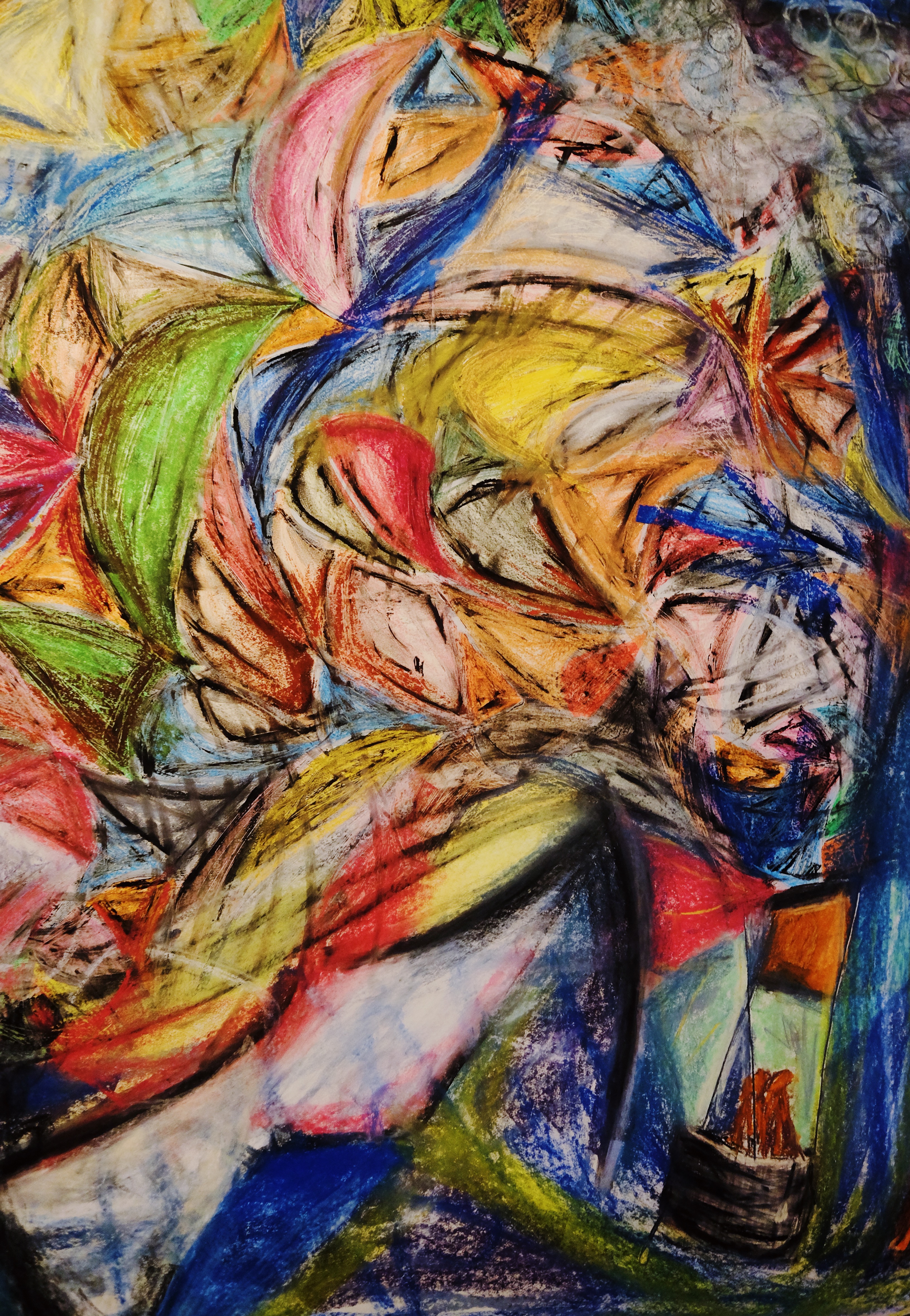Gruyères: The Place and the Cheese
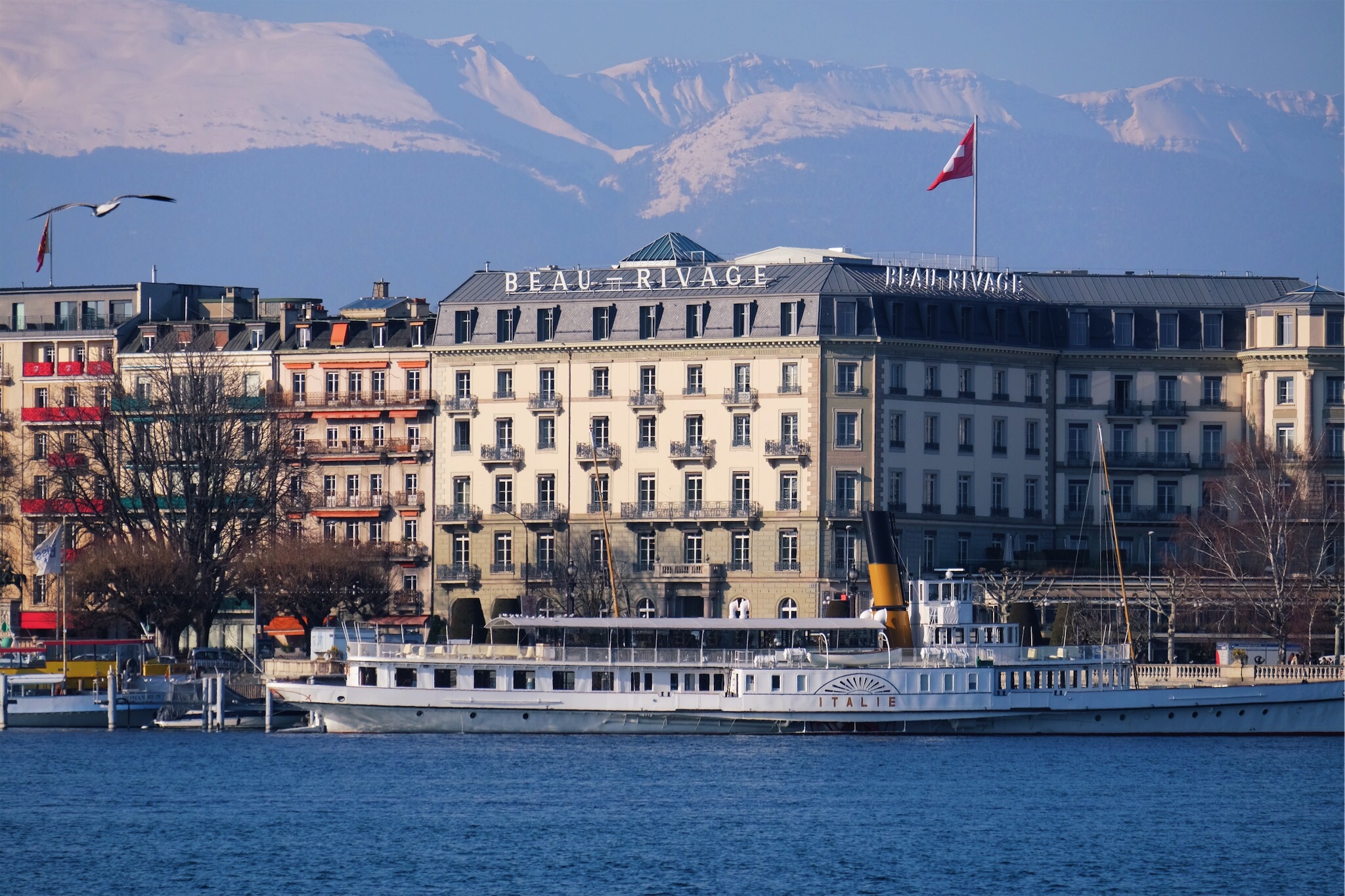
It's been two weeks in Geneva, and things are starting to feel real again. French and Computation are in full swing and I'm getting the hang of trains, but I'm still really bad at grocery shopping.
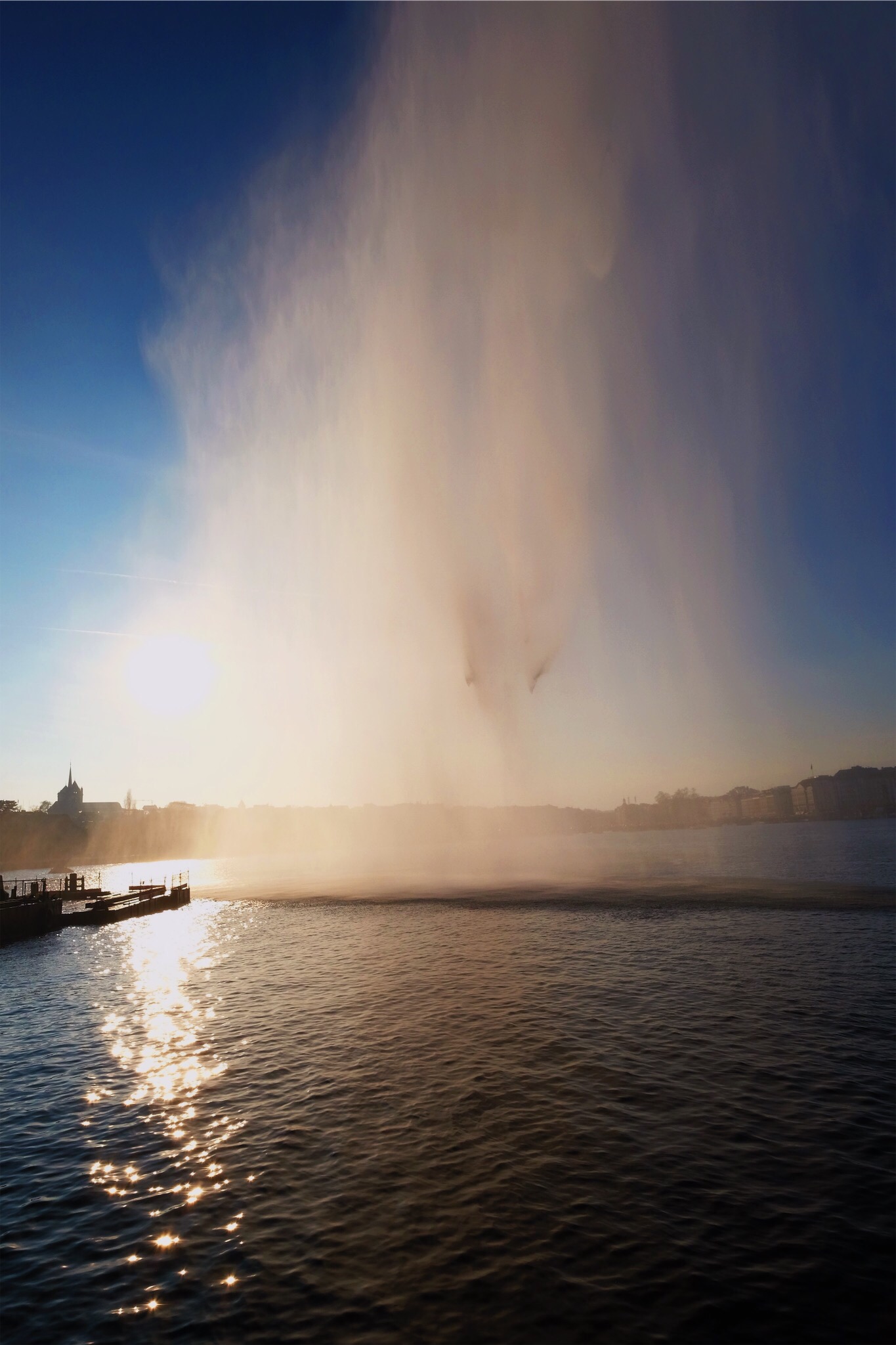
Most things are starting to feel normal, but there are things in this country that are so beautiful that I can't imagine ever getting used to them.
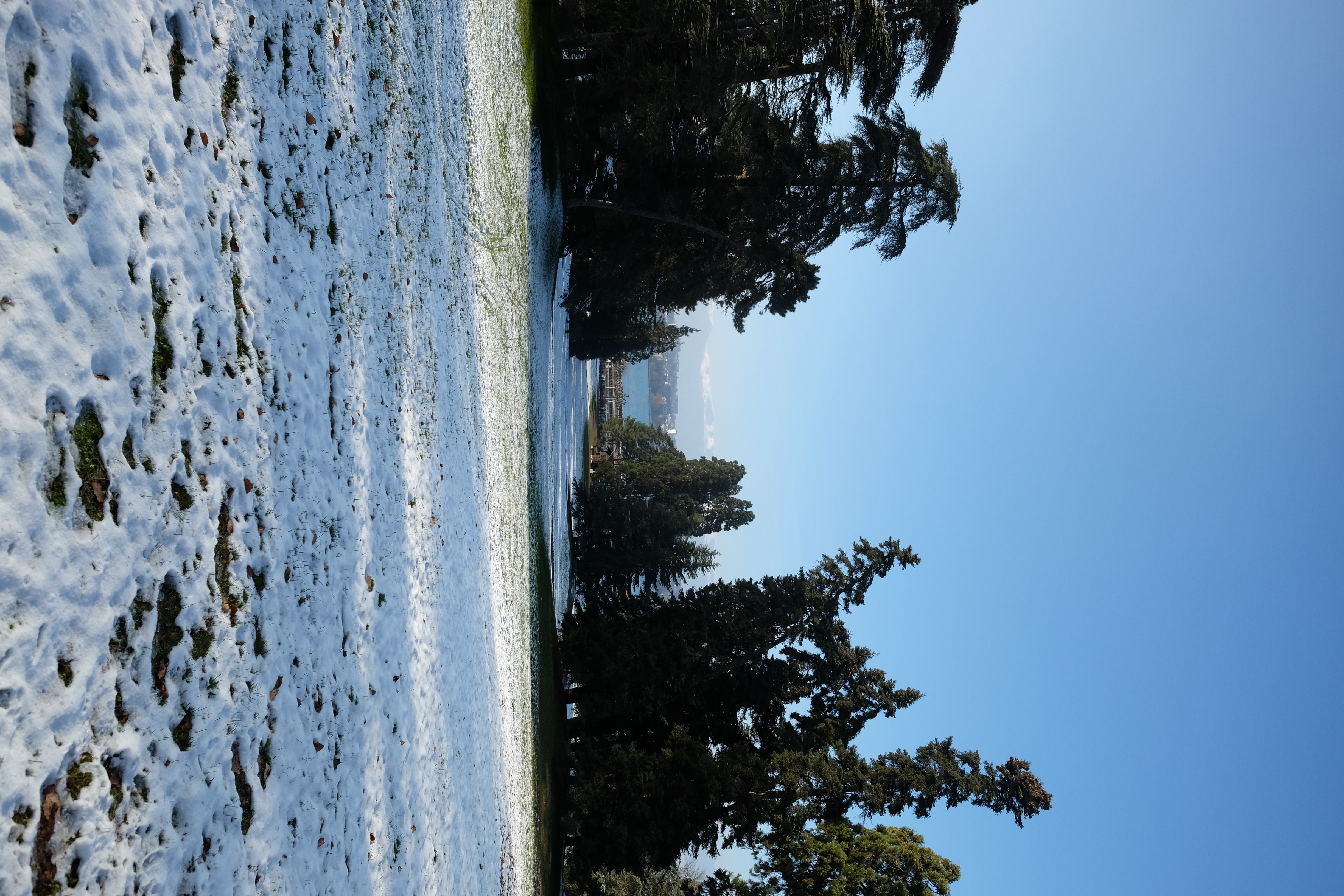
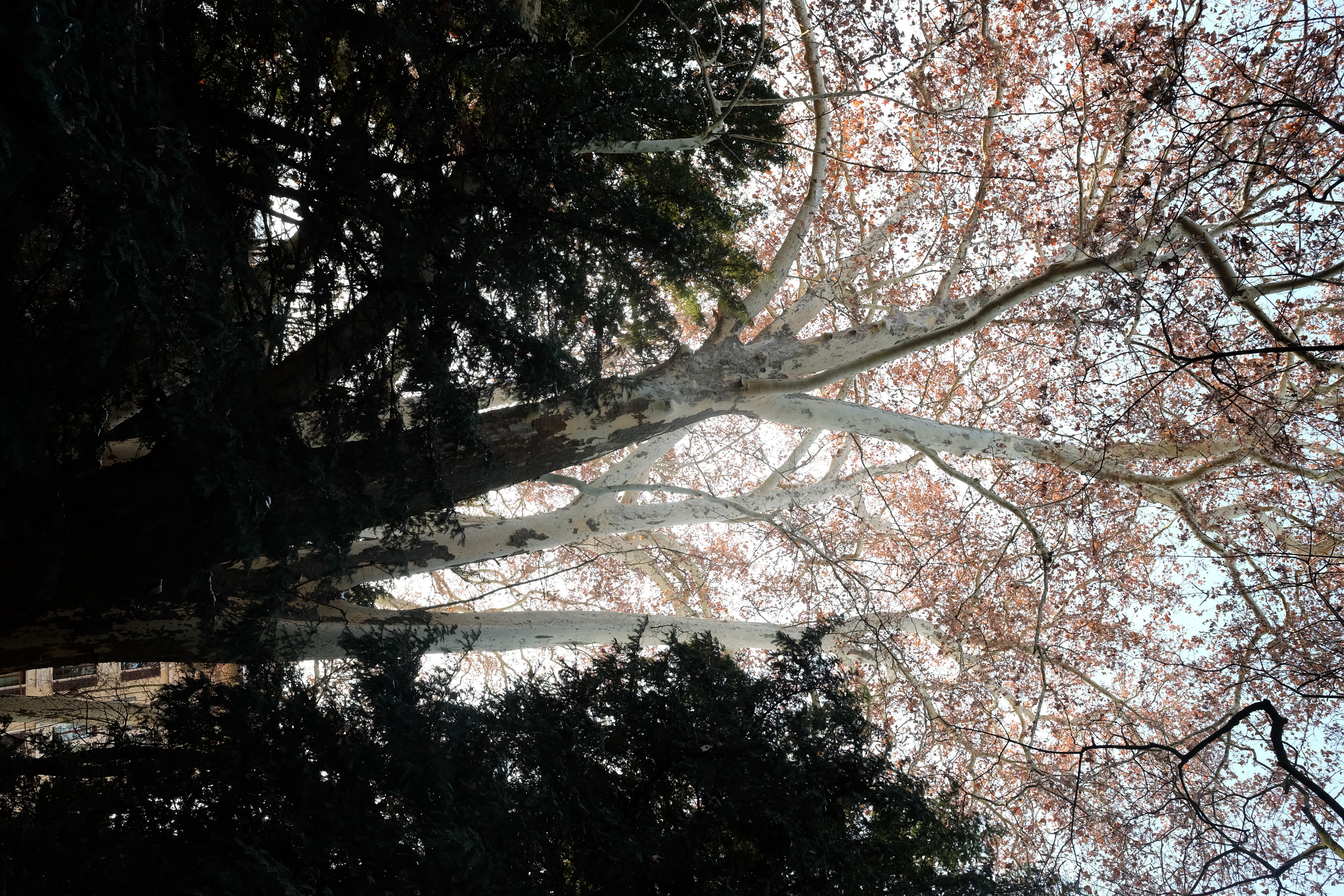
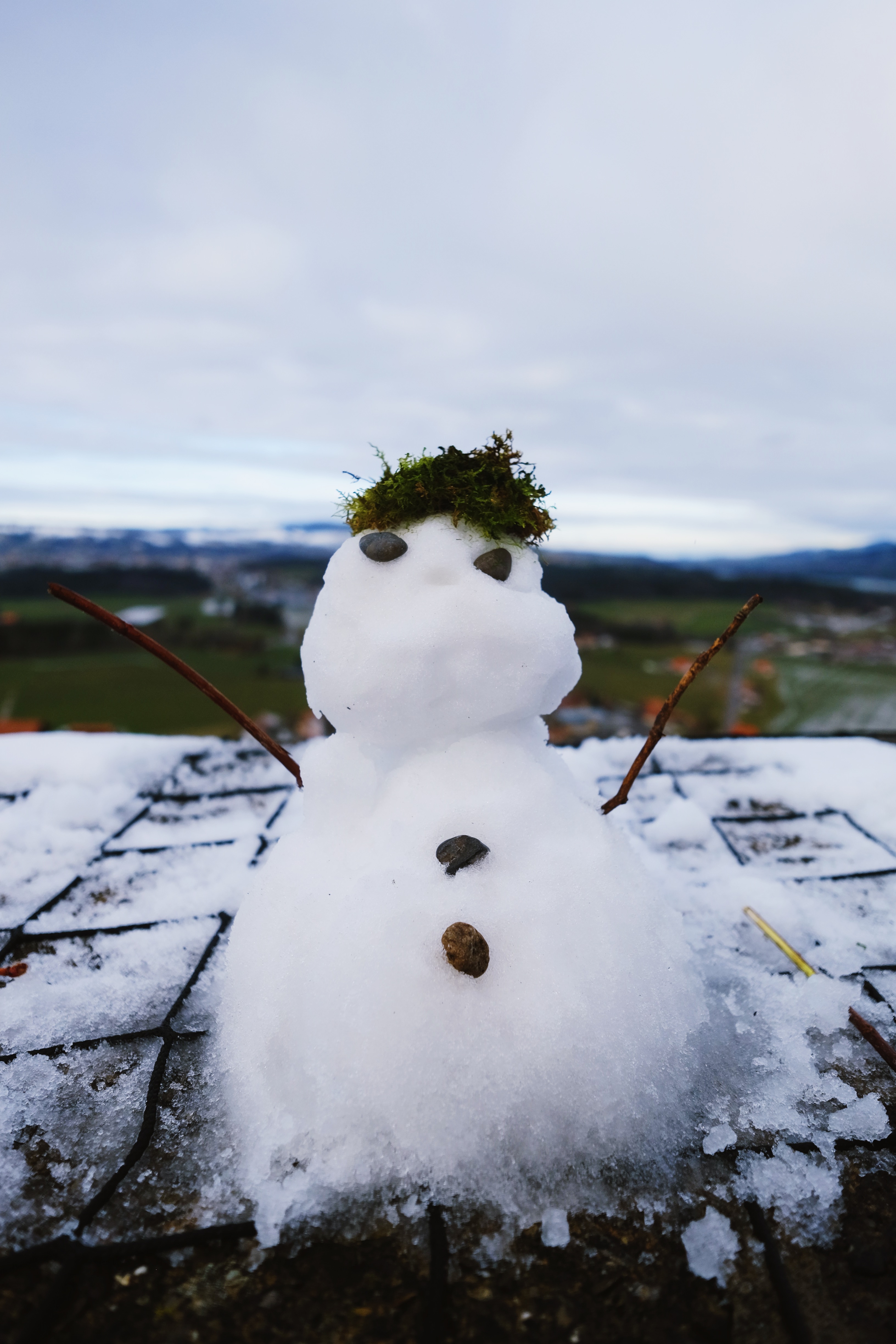
On Tuesday it snowed. It was light and fluffy, and it came down for hours. Geneva thrives in the snow, and it made it apparent that this place was built for the winter. It was gorgeous, but I think I only like snow in theory. After 10 minutes of commuting in it, the novelty faded and it became thicker, colder rain.

Week 2 was filled mostly with French grammar and learning how to use ROOT, but there was still some time on Friday afternoon to continue exploring the city.
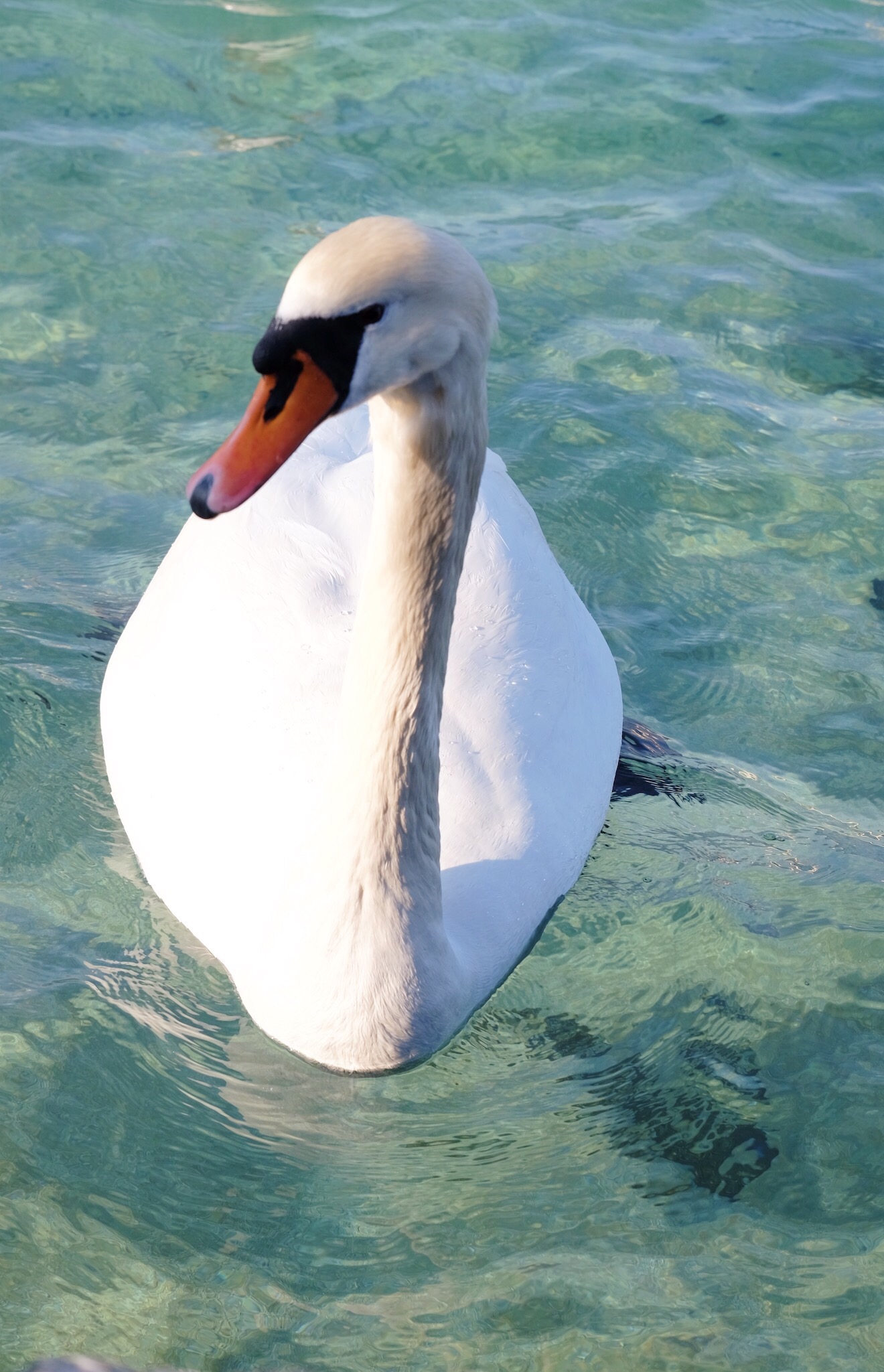
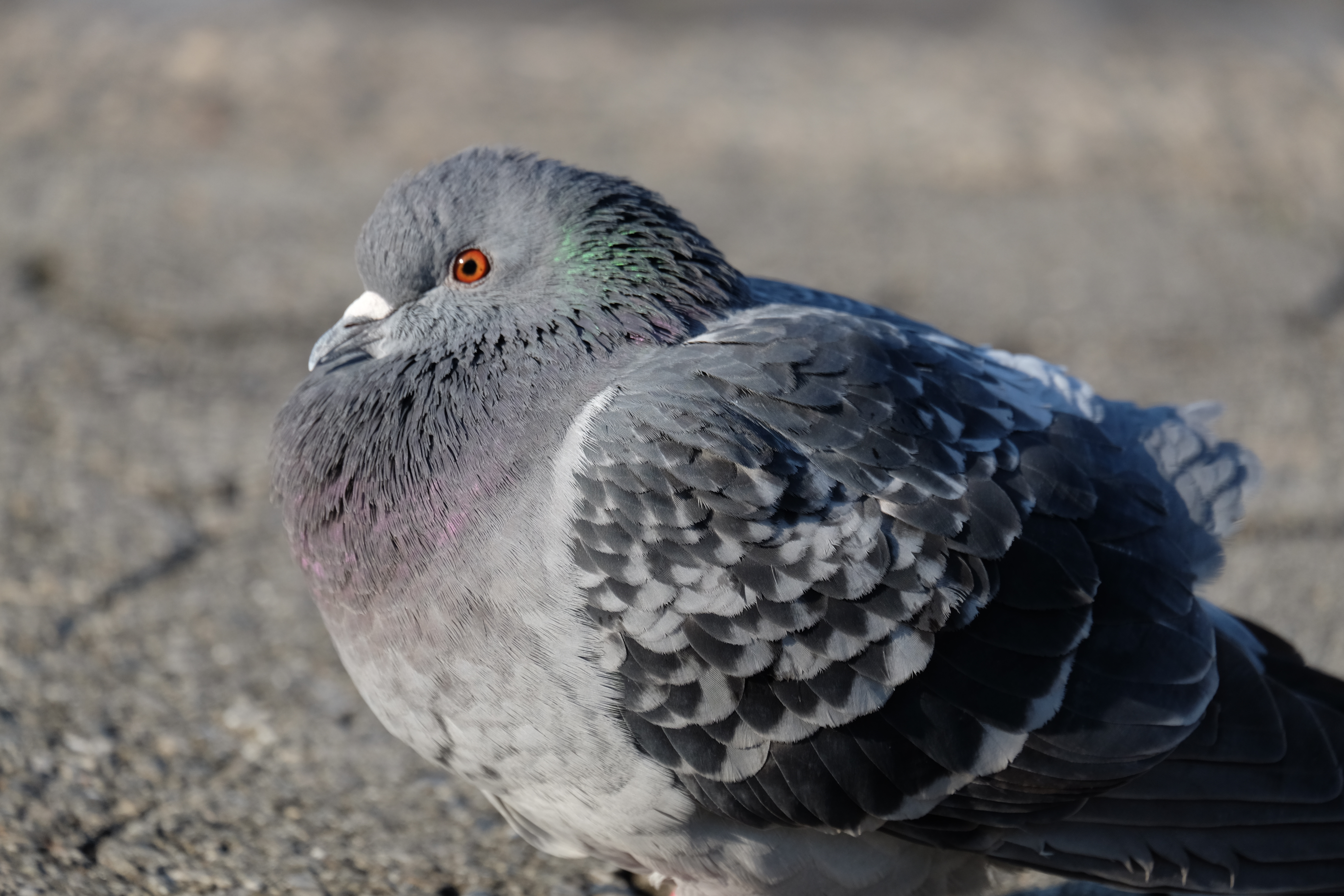
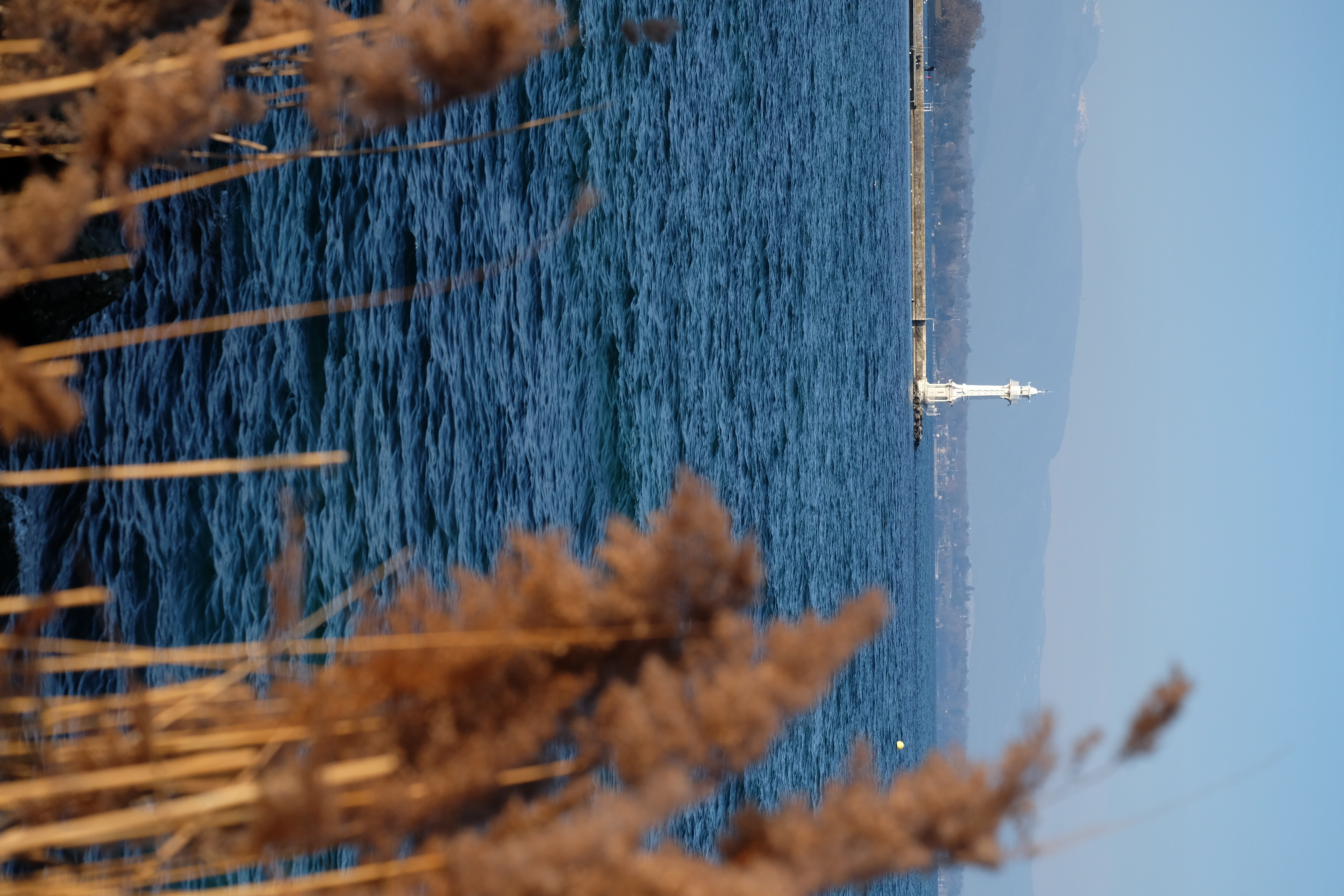
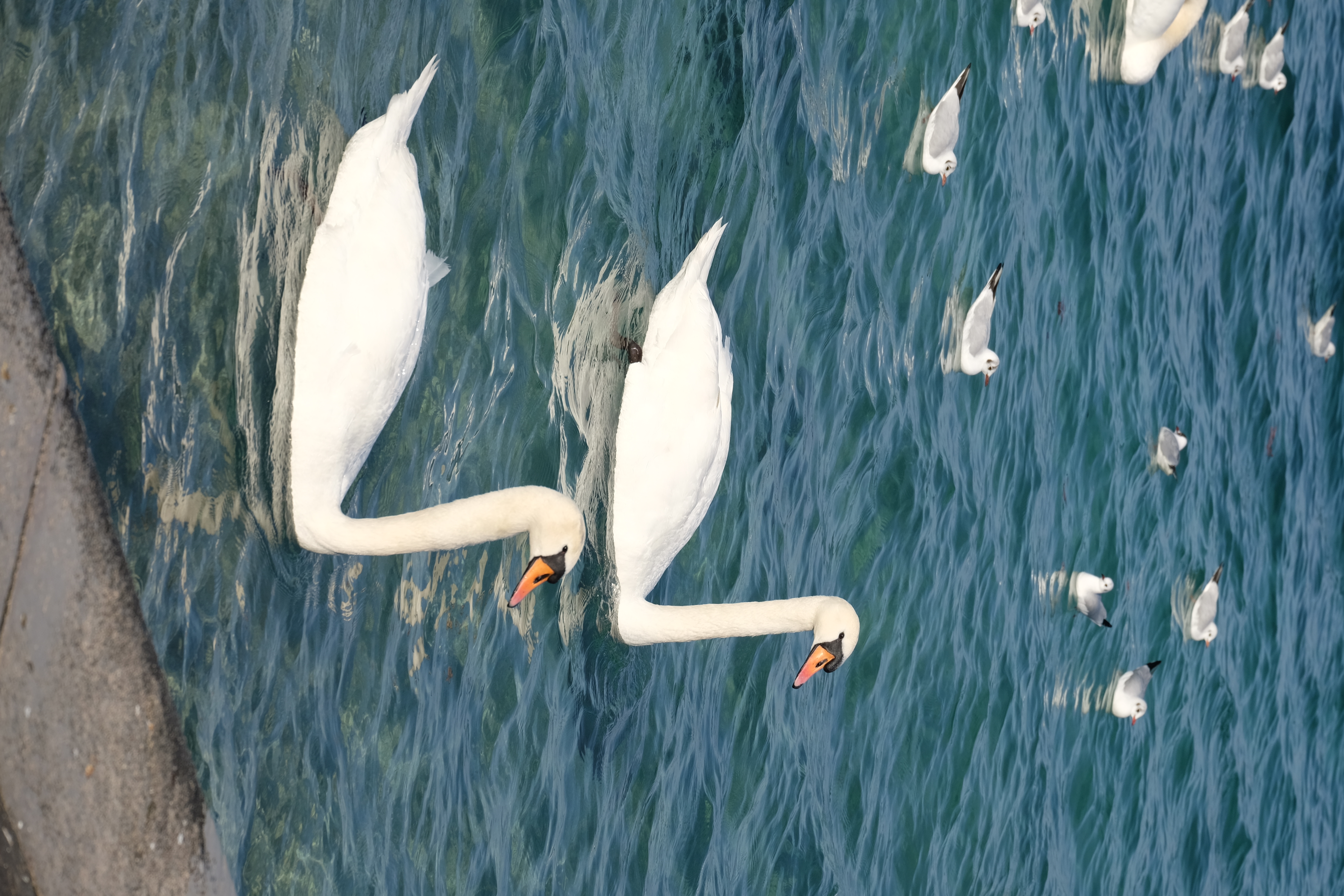
There are Swans in Lake Geneva like there are geese in the USA, except Swans are way cooler than geese. Also, pigeons are an underrated bird. People take pigeons for granted because they're everywhere, but they're fascinating. Here are some pigeon facts, if you're interested.
Pigeons are a silly example, but something that has become clear to me is that if you find something boring, you probably don't know enough about it.
Gruyères
On Saturday morning we woke up and got on a bus to Gruyères, Switzerland. It's known for its famous Cailler chocolate factory and as the birthplace of Gruyère cheese. There's also a castle. The drive there was 1.5 hours from Geneva, and the drive along the lake was easily the prettiest I've ever taken. It's not even worth putting pictures up from it, because there is no way to do it justice. Some of us were convinced we had died and it was the drive to heaven.
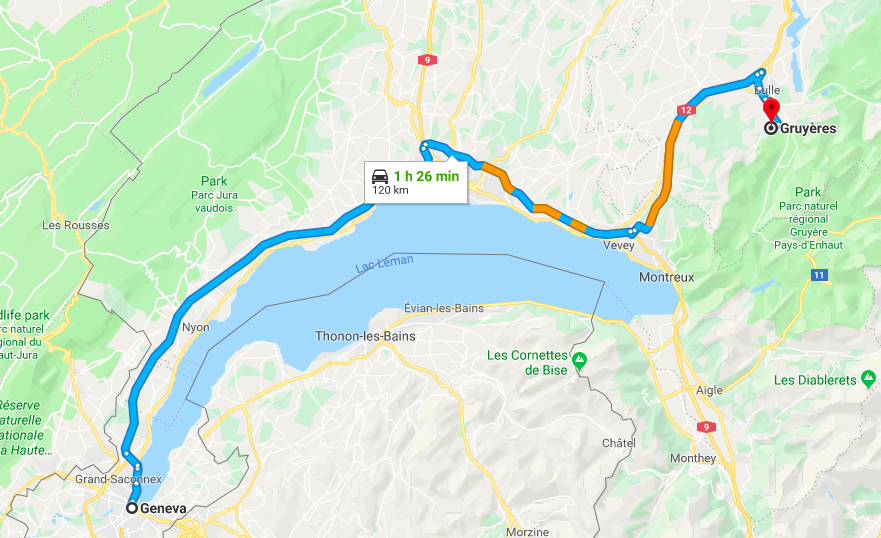
We toured the chocolate factory, where they fed us unlimited amounts of chocolate.



Eventually we made it up to the town.
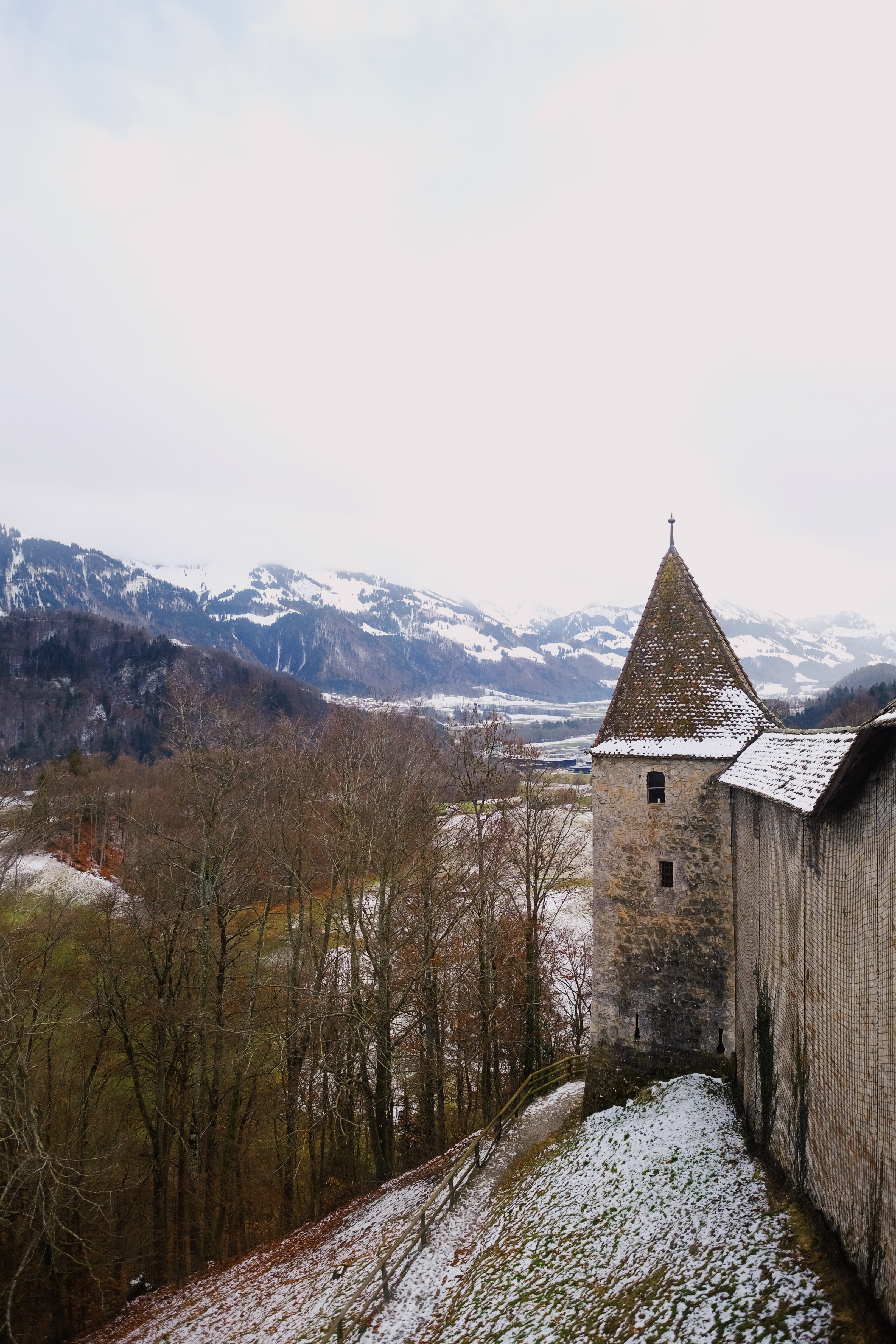
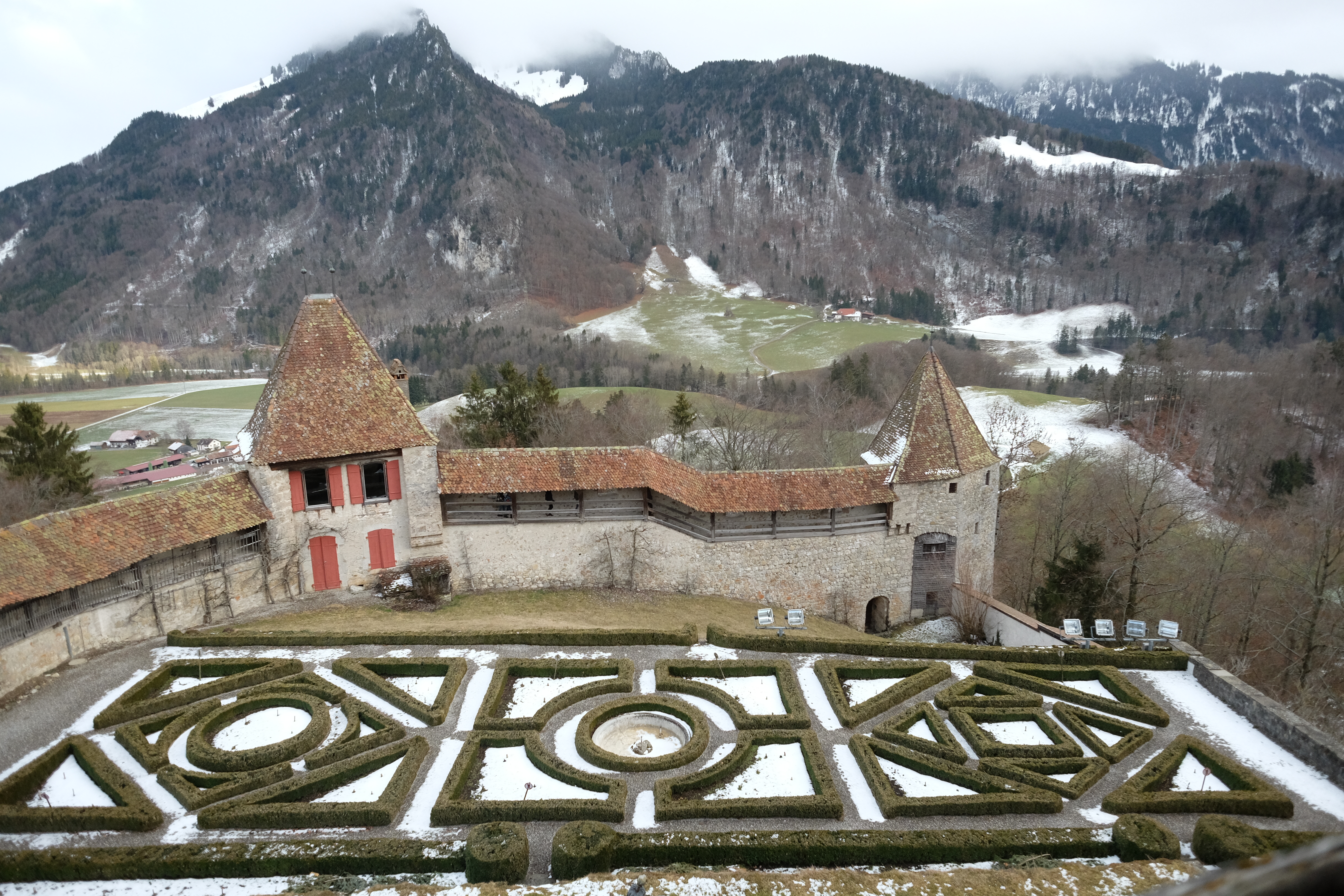

We took a Castle tour, which was pretty interesting, but I was disappointed no one could tell me where the Starks were. We also weren't allowed to touch anything, so Elisa got inside of the oven in protest.
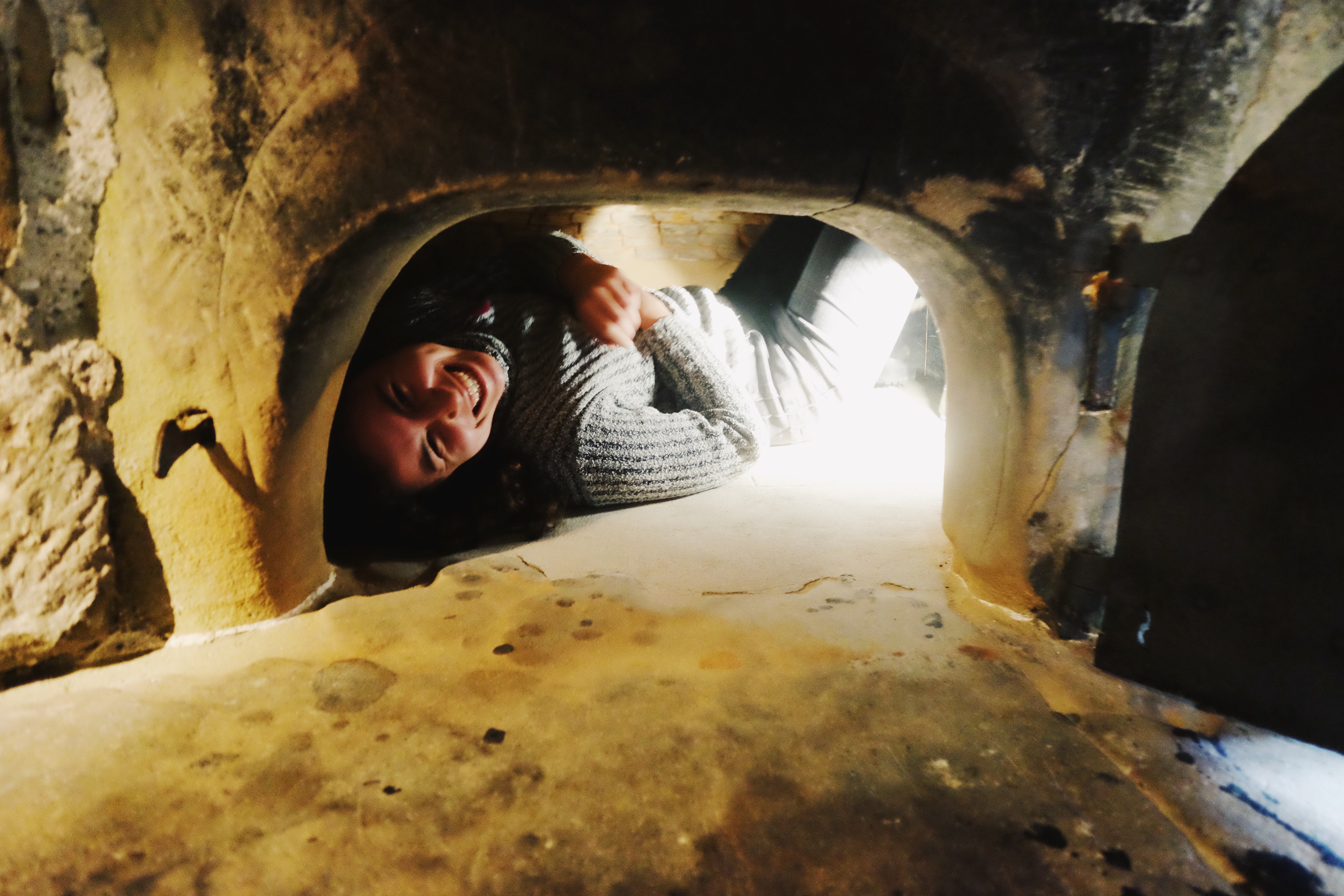
Let's talk about the cheese
Gruyères is the place of origin of Gruyère cheese. Yes, it is both a place and a cheese, and my goodness does it smell bad. It was about lunch time by the time we finished the Cailler tour, so, despite the aroma, we went into a small restaurant for some food.
There are two traditional meals in Switzerland that use Gruyère cheese. One of them is fondue, which most people have heard about, and the other one is called raclette. Being in the birthplace of such an iconic Swiss staple, it would have been silly not to try one of them there. At our table we chose to share a raclette.
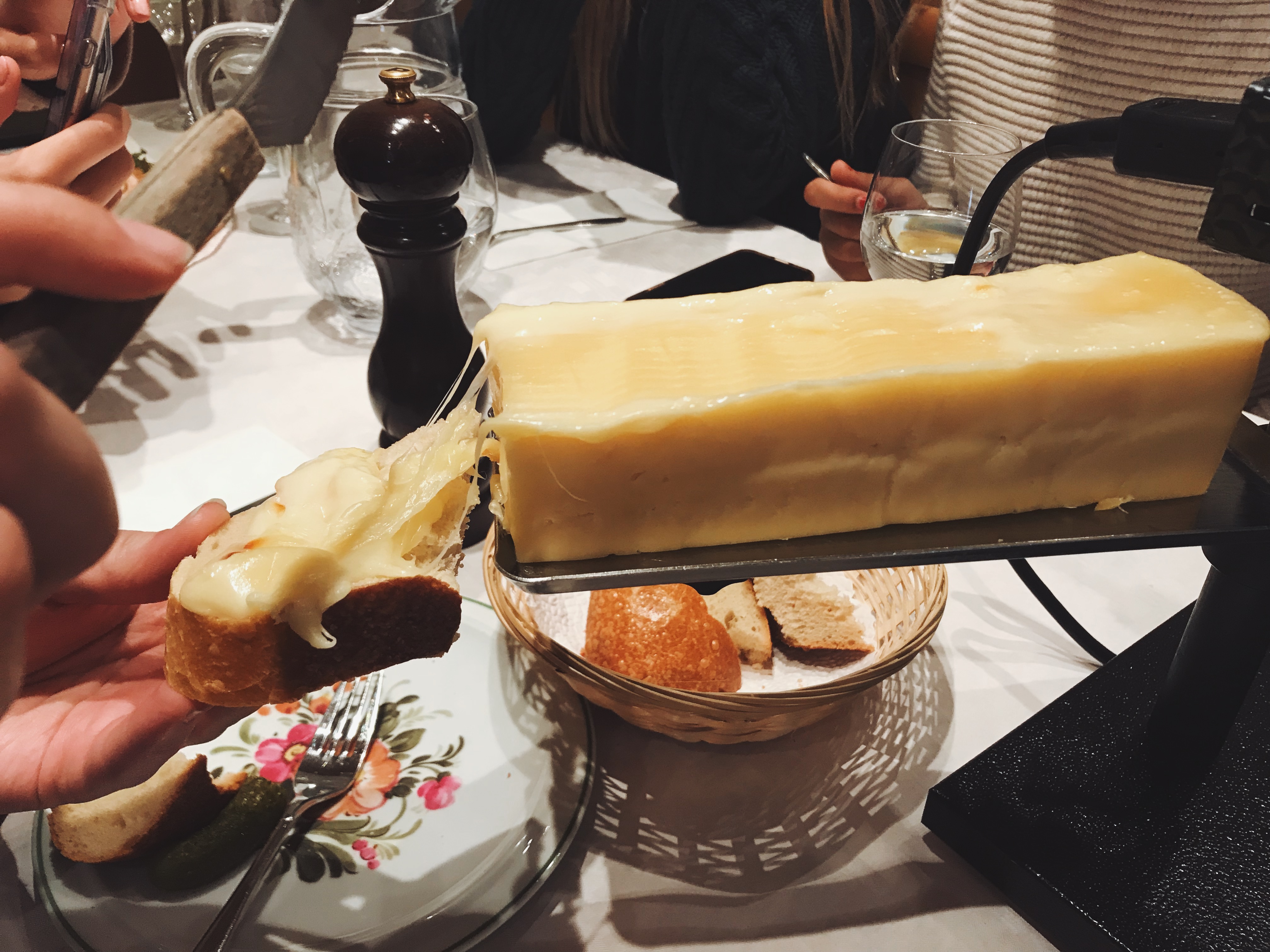
Basically, they bring out to you a giant block of cheese on a fun little heater. You wait for the heater to melt the cheese, then you swivel the block and use the special knife to scrape the melted bit off onto your plate. With the cheese, they serve bread, potato, small pickles, and pearl onions. I could never overcome the smell, and consequently didn't love it, but it was a very interesting experience. Overall, 6/10 for the raclette.
Visiting Gruyères gave me an itch to see more. Today I bought a train pass for all of Switzerland, which is a huge incentive to travel more, so stay tuned for more excursions.
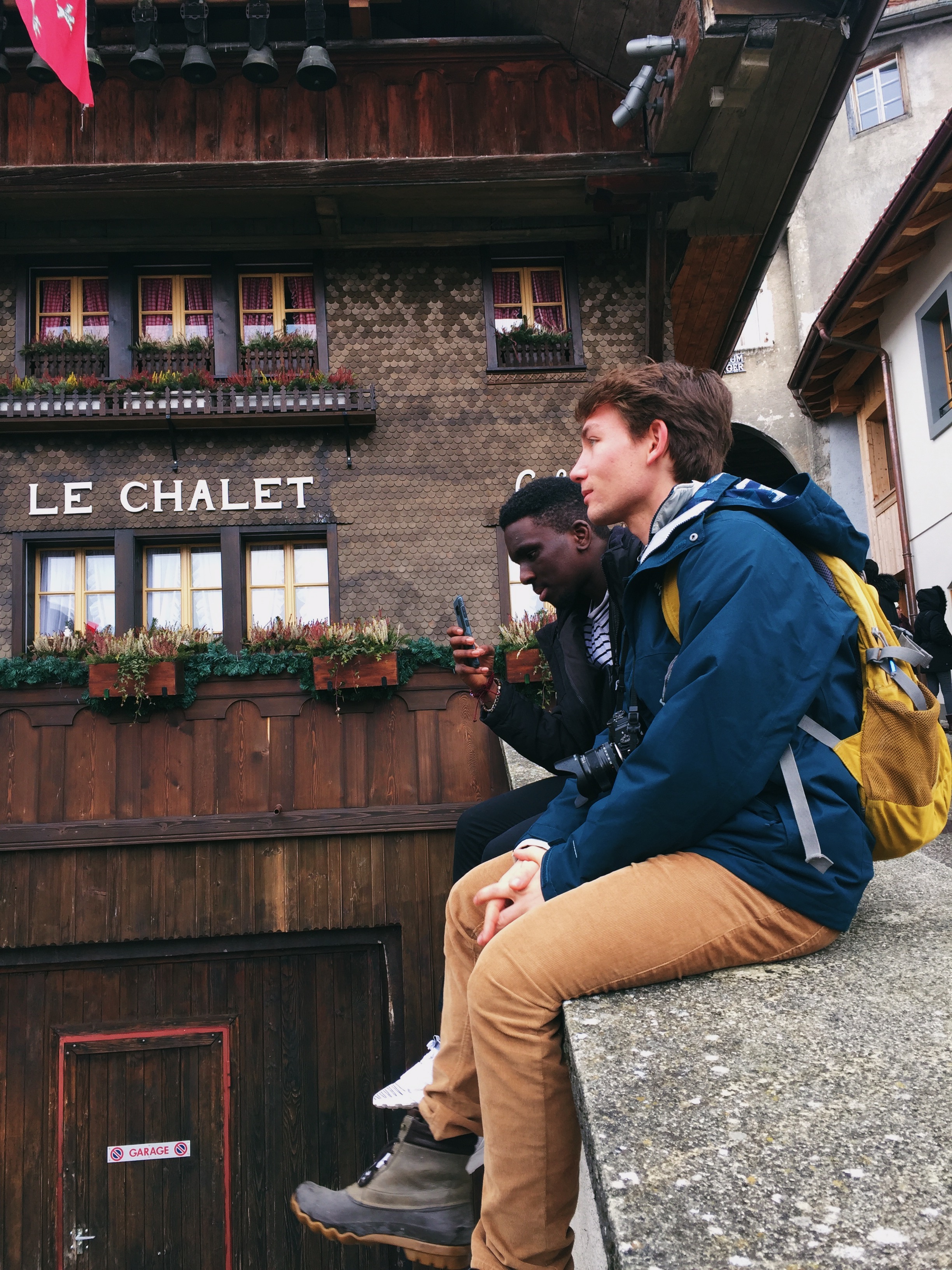
This week I look forward to our visit of the CMS cavern at CERN. CMS (Compact Muon Solenoid) is one of the two massive detectors on the LHC. This is the detector that was used to prove the existence of the Higgs boson, which is a fundamental particle that governs the Higgs field. When other fundamental particles interact with the Higgs field, they acquire mass. The more a particle interacts with the field, the heavier it becomes. Massless particles, like photons, do not interact with the Higgs field.
In 2012, at CMS, the Higgs boson was confirmed to exist, and was thus awarded the Nobel Prize in physics. It will be humbling to see it in person, 100 m underground.
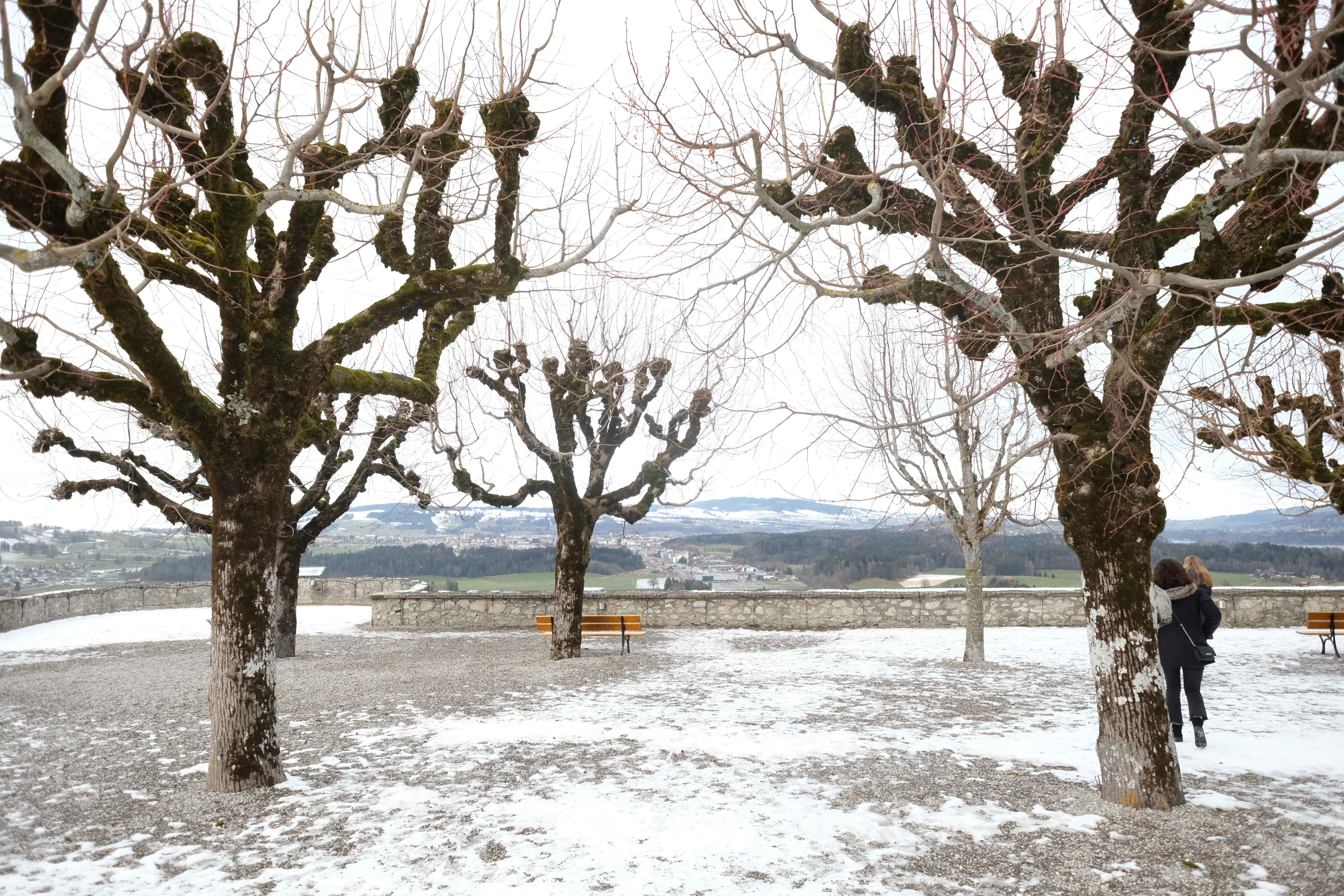
Hopefully next weekend we will make it to the hot air balloon festival at Château-d’Oex.

